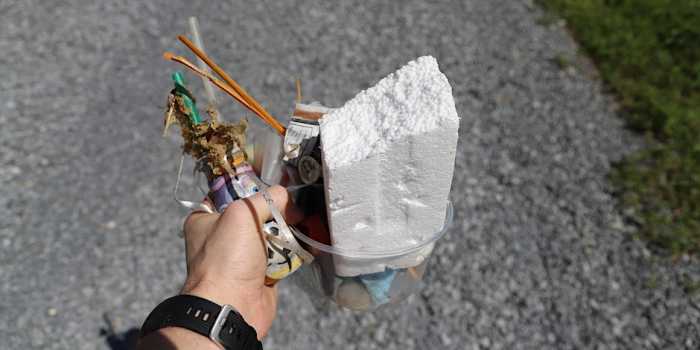The Saddle Rock Grist Mill is set to be restored to working order following Nassau County’s approval of new funding for the site.
In May, $1.5 million was earmarked for the Great Neck-area historic mill, which is owned by the county.
“Historical sites like the grist mill are part of our community identity,” said Mazi Pilip, a county legislator whose district includes the grist mill. “This is a big win for Great Neck and its history.”
Pilip had worked to secure funding for the grist mill after meeting with the Great Neck Historical Society, which had lobbied for years for a restoration.
The money will fund a plan to refurbish the building, allowing tours showcasing its inner workings to resume.
Marc Katz, the historical society’s vice president, said the grist mill had long been an important part of the community. Mills like this were used to process grain into flour for baking, crushing the seeds between giant round stones to produce a fine powder.
For years, Nassau County had operated it as a museum, showcasing local history as a popular field trip destination for local schools. Students were able to see the mill’s machinery in action and were sent home with a small bag of flour ground at the site.
“Many children remember going to the Saddle Rock Grist Mill to see what took place when this was a farming community,” Katz said.
The Saddle Rock Grist Mill has roots in the Great Neck area going back to the 1700s, according to the Great Neck Historical Society. Its location meant that New York City was only a short boat ride away, allowing farmers to process their grain and sell it in the boroughs with ease.
“The mill was a tremendous source of income for the farmers,” said Alice Kasten, a former president of the Great Neck Historical Society. “[They] could ship their goods out to Manhattan, and they got wonderful things like manure back, because they needed [it] as fertilizer.”
Unlike other mills that used a river to turn their water wheels, the Saddle Rock facility used the movement of the tides to process grain, making it one of only a handful of “tide mills” in the region.
Katz said that much of the blame for the grist mill’s current state can be traced back to Superstorm Sandy in 2012. During the storm, the mill’s water wheel was knocked off its axle and the building received significant water damage. After this, the county shuttered the site, and it has been closed ever since.
In late 2023, Pilip toured the mill with members of the Great Neck Historical Society to assess its condition. Later, an outside firm was hired to come up with plans for the restoration, which Katz said led to several options for the county legislature to consider.
The refurbished mill will not be able to process grain, as the water wheel is not being rebuilt due to cost restrictions.
Katz said he expects work on the project to start soon, although he was not able to offer a definitive timeline.
Once the grist mill is restored, Pilip said it will return to being an enriching part of local antiquity.
“I feel very strongly that our history, education and revitalization of a community is very important,” she said. “This project does all that and more.”



































